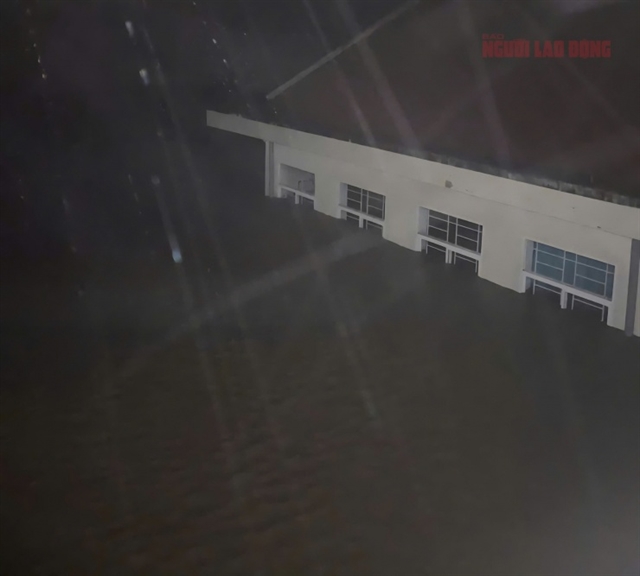 Life & Style
Life & Style

BẮC NINH – Archaeologists and other experts are discussing solutions to preserve two ancient boats that rocked the field following their initial excavation earlier this month.
The ancient boats were discovered during the dredging of a fish pond in the Red River Delta province of Bắc Ninh, and have been recognised as unique artefacts in Việt Nam’s archaeological record.
Nguyễn Văn Chiến, a local resident, found the boats in December 2024 while his family was dredging the pond in the Công Hà residential area of Hà Mãn Ward, Thuận Thành Town, along the Dâu River, a tributary of the Thiên Đức (Đuống) River.
Uncovered near the western wall of the ancient Luy Lâu Citadel, this area has long been of historical significance.
Chiến and his family were dredging the pond when they unearthed a long wooden structure resembling a vessel and, recognising its potential archaeological value, immediately stopped digging and notified authorities. The site has since been secured for further study.
A solid wooden beam connects the two vessels at their bows, which is an unprecedented feature in Vietnamese archaeology, according to experts.
The unique boats are not only valuable to Việt Nam, but also for the wider region and internationally, said Dr Tống Trung Tín, chairman of the Việt Nam Institute of Archaeology, at a seminar held by Bắc Ninh Province Department of Culture, Sports and Tourism on Wednesday.
"More research is needed on the discovered boats, along with other marine vehicles found in the region and in the world, as well as on historic trade flows, to further clarify the origin of the vessels," said Tín.
"Information needs to be widely published so that foreign experts can participate in the research and learn about the value of Việt Nam's cultural history, and Bắc Ninh's cultural history as well."
The best solution suggested by seminar participants was urgent in-situ preservation of the boats along with expanded research.
Wood is one of the most difficult materials to preserve, according to expert Dr Bùi Minh Trí. He proposed that in the short term, the artefacts should be preserved in situ, suggesting two options.
First, the archaeological site could be filled in and closed to the public, to preserve the original relic underground. 3D images could be created for tourism purposes.
The second option is to build a tank system to immerse the boats underwater. Tourists could come and see the boats directly. This would be an effective and sustainable solution, Trí said.
"Bringing the boats to the provincial museum will be a challenge," the expert said.
"It is not money only, but also preservation. We all know that if we take the boat up, it will not be preserved in its original form, because the boat has been submerged in water for a long time. It will be difficult to keep the wood as it was originally."
The newly discovered boats could provide further evidence of Luy Lâu’s economic importance. Archaeologists believe that the site may have been a docking area for merchant vessels or even a shipbuilding yard. If confirmed, this would further cement Luy Lâu’s status as a thriving trade hub in antiquity.
In any case, the boats are a valuable and significant piece of cultural heritage, said Dr Nguyễn Văn Đoàn, director of the Việt Nam National Museum of History.
Investment and careful research are needed to preserve the find. Without a suitable method of preservation, it will be difficult to maintain its current state, Đoàn added.
"Dismantling and bringing it to the museum is not feasible," said Đoàn.
"If the boats are brought up it will be difficult to maintain its original state. So, in-situ preservation is the most reasonable option."
Experts are now working to determine the boats’ origins, age and function. Researchers are carefully sifting through sediment in each compartment, collecting plant seeds and other materials that could offer clues about their cargo.
The excavation started on March 3 and is expected to end on April 3. — VNS




